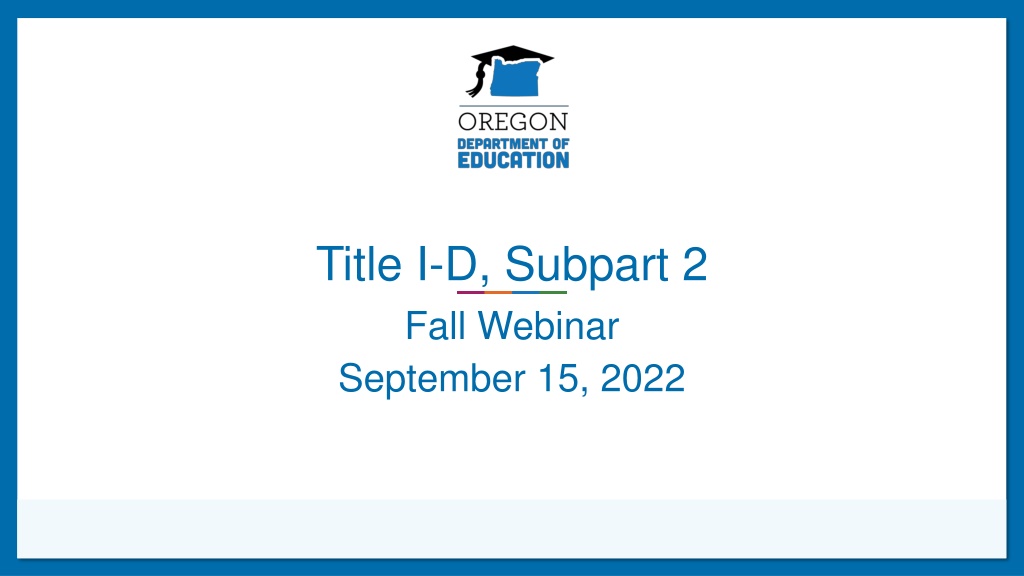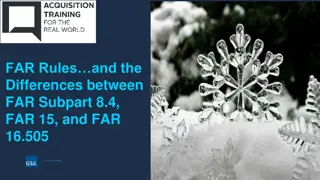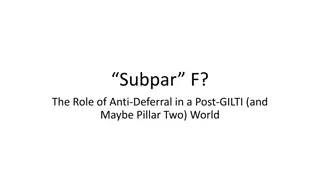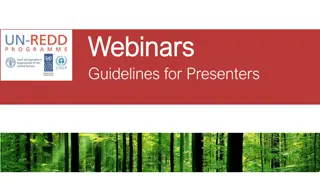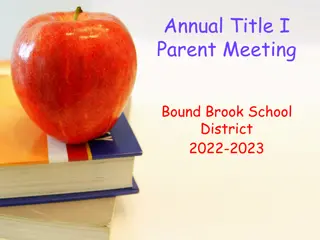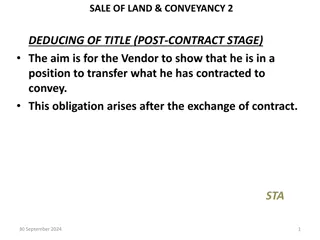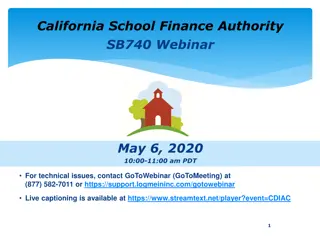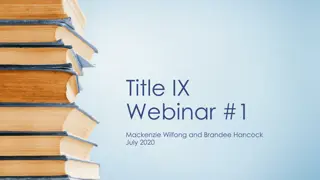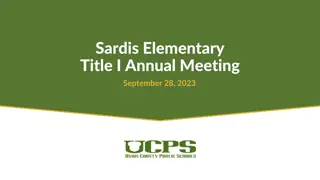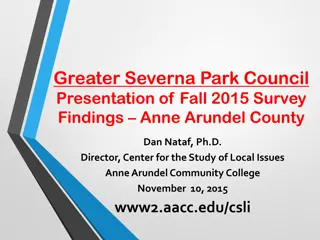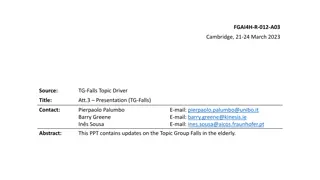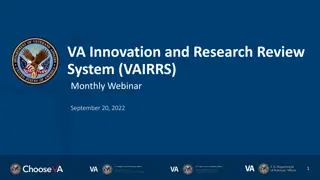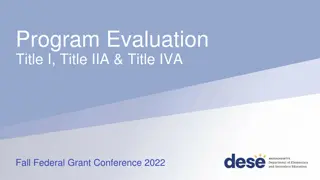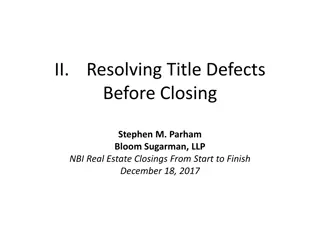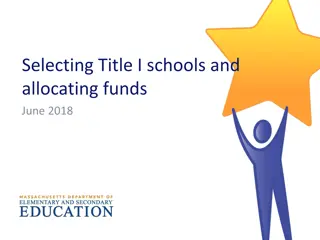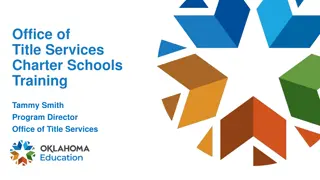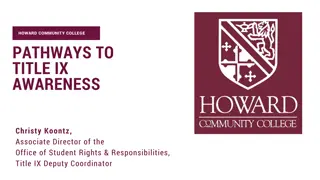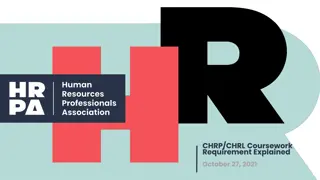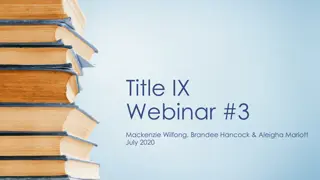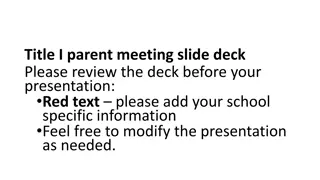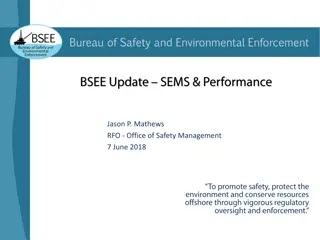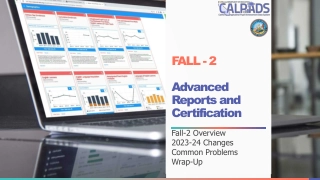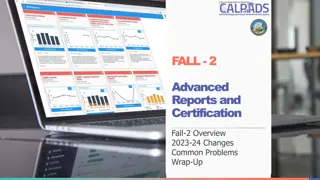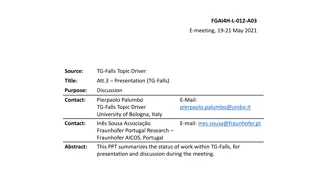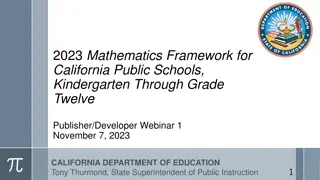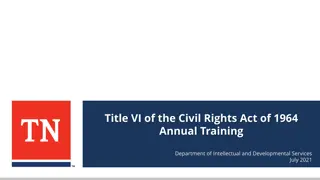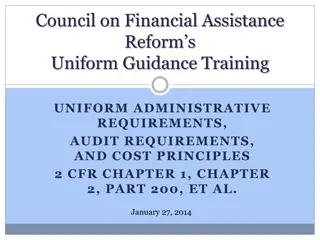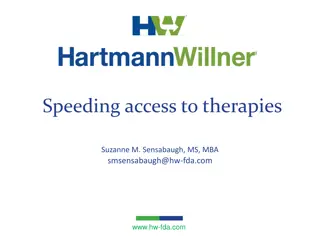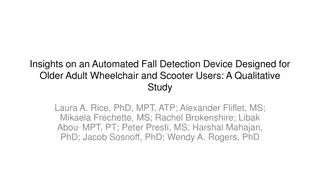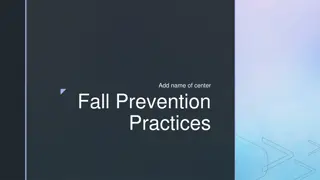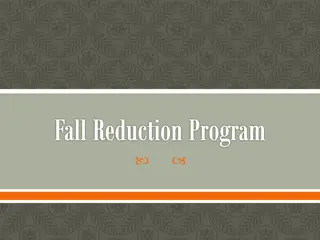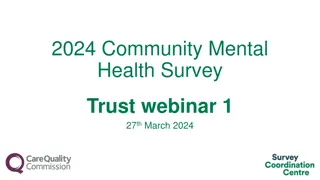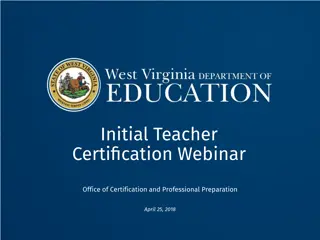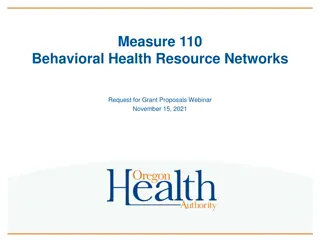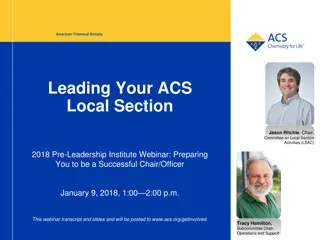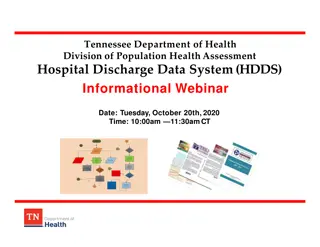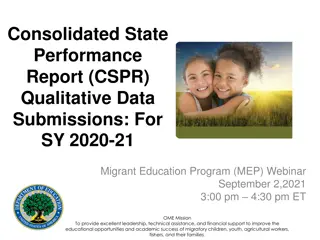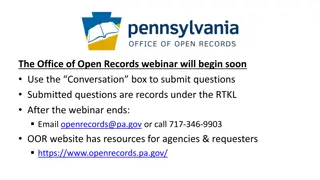Title I-D, Subpart 2 Fall Webinar Overview
The Title I-D, Subpart 2 Fall Webinar held on September 15, 2022, discussed the purpose of improving educational services for neglected or delinquent students, eligibility criteria for receiving funds, requirements for preparing students for post-school opportunities, and the importance of accurate data collection through CDPR. The webinar emphasized improving transitions, dropout prevention, and community integration for at-risk youth. Overall, it provided valuable insights into utilizing Title I-D funds effectively to support student success.
Download Presentation

Please find below an Image/Link to download the presentation.
The content on the website is provided AS IS for your information and personal use only. It may not be sold, licensed, or shared on other websites without obtaining consent from the author. Download presentation by click this link. If you encounter any issues during the download, it is possible that the publisher has removed the file from their server.
E N D
Presentation Transcript
Title I-D, Subpart 2 Fall Webinar September 15, 2022
Outcomes for Today Welcome & Introductions Brief overview of Title I-D Data Collections Check In Planning for 2022-23 Oregon Department of Education
The purpose of Title I-D, Subpart 2 is to improve educational services for students in locally operated facilities for neglected or delinquent students to: Provide opportunity to meet state standards Purpose of Title I-D, Subpart 2 Improve transitions into community Prevent drop out and return to facilities Oregon Department of Education
Eligibility: An LEA is eligible to receive funds if there is a locally operated facility within its geographical boundaries Eligibility and Funding Funding: Determined by annual October Caseload Count Neglected funds flow through Title I-A Funds can be used at facility, district, and school levels Oregon Department of Education
Requirements Prepare students to complete high school, enter training or employment programs, or further education Facilitate transition Dropout prevention programs Allowable Uses of Title I-D, Subpart 2 Suggestions Serve at-risk youth Coordinate health and social services Mentoring & peer mediation CTE, special education, career counseling Oregon Department of Education
Data Collections: CDPR - Closes Friday, September 23rd What implications are there for this data? CDPR (Consolidated District Performance Report) is collected and then sent to U.S Department of Education in the CSPR (Consolidated State Performance Report) in December. CDPR is how we as a state report the students served with Title I-A and Title I-D funds in the previous school CDPR data doesn t directly affect funding but is a requirement of districts that receive Title I-A & Title I-D funds. We as a state are also responsible for addressing any missing or incorrect data. Consistent incorrect/missing data could potentially lead to monitoring. Data is reviewed and validated by USDE before it is eventually published publically. Inaccurate data will be suppressed. Oregon Department of Education 6
Data Collections: CDPR - Closes Friday, September 23rd How do we handle pre/post data? You will need pre- and post- test Reading/Math data for all Long-Term students or: Students who spent 90+ consecutive days in the facility The documenting and reporting for Pre- and Post- test data for Reading and Math is a nationwide issue when it comes to Title I-D. Reporting as accurately as possible shows that we are at least doing our due diligence. In conversations with a few of our Title I-D districts, we spoke about recording those students who refused to complete the tests as either Negative Grade Level Change or No Grade Level Change depending on if previous grade data information existed. For example if a student completed the pre-test but refused to complete the post-test, counting them as Negative Grade Level Change might be the best way to show that within the parameters of the data collection; even if it doesn t tell the whole story of that student s experience. If a program is unable to account for all Long-Term Students in the pre- and post- test Reading Math counts, please provide us with an email explaining the context around the discrepancy in counts. That way we will be able to forward this information to U.S. Department of Education when they reach out during their review of the CDPR data in January. Oregon Department of Education 7
Data Collections: October Caseload Count The 2022-2023 October Caseload Data Collection determines the 2023- 2024 allocations for districts with eligible Neglected and Delinquent Facilities: Neglected (funded through Title I-A) Delinquent (funded through Title I-D Subpart 2) OPENS: October 27, 2022 CLOSES: December 2, 2022 Oregon Department of Education 8
Data Collections: October Caseload Count Training: Aiming to schedule for Friday, October 28. Will set in stone after IT testing occurs next week. Will also be conducting Office Hours through November for support. Will send out a communication with registration links and resources in the next few weeks. New Facilities: Please review the list of facilities reported in the 21-22 October Caseload Collection. Please let us know if any new facilities opened since the last collection or if any of these facilities have since closed before September 23rd. Oregon Department of Education 9
Discussion & Hot Topics What do you most need? How can we make the best use of our time? Next Meeting: Thursday, December 15th 1pm CDPR Closes: Friday, September 23rd October Caseload Opens: October 27th CIP Budget Narratives Due: November 1st Oregon Department of Education 10
Oregon Department of Education Title I-D Oregon Department of Education Youth Corrections Juvenile Detention Education Programs Oregon Department of Education Long Term Care and Treatment Education Programs USED: Title I-D: Neglected , Delinquent, and At-Risk Youth Non-regulatory Guidance National Technical Assistance Center for the Education of Neglected or Delinquent Children and Youth (NDTAC) National Center for Juvenile Justice Resources Oregon Department of Education 11
Please reach out! Jen Engberg jennifer.engberg@ode.oregon.gov Kyle Walker kyle.walker@ode.oregon.gov Oregon Department of Education 12
Questions? Oregon Department of Education 13
